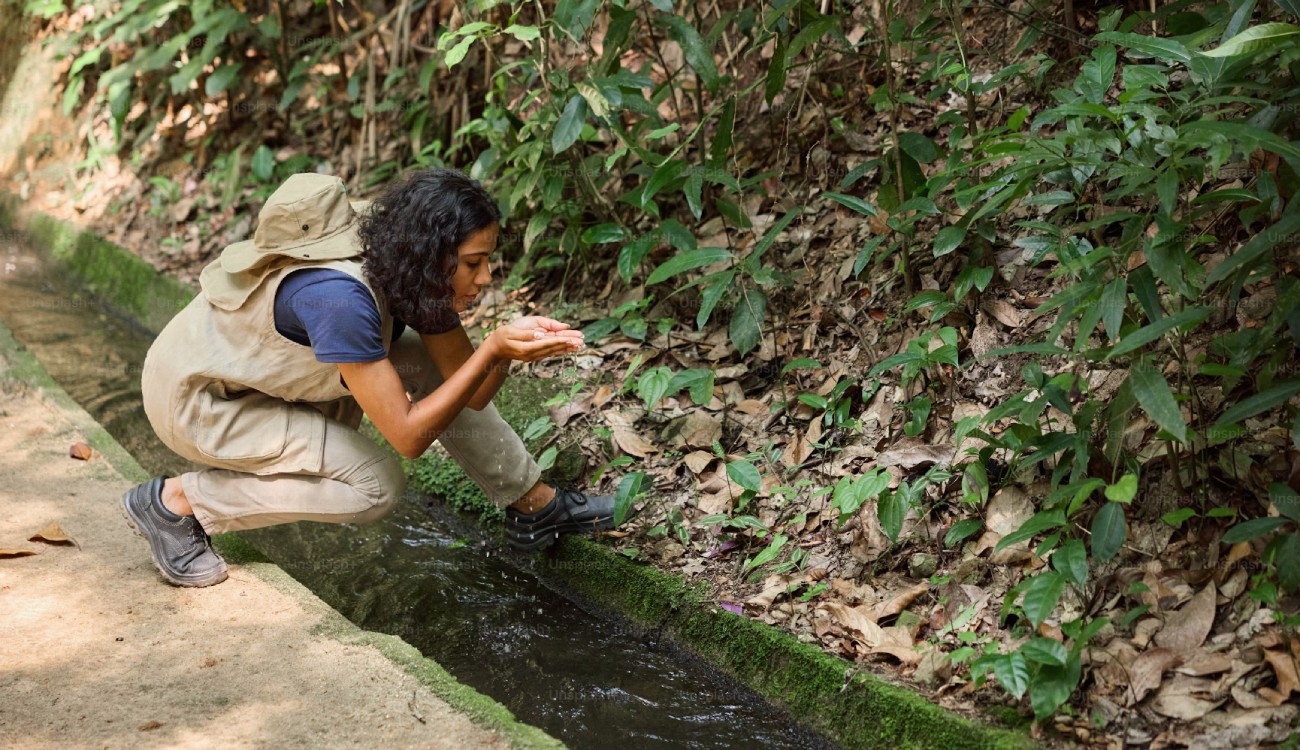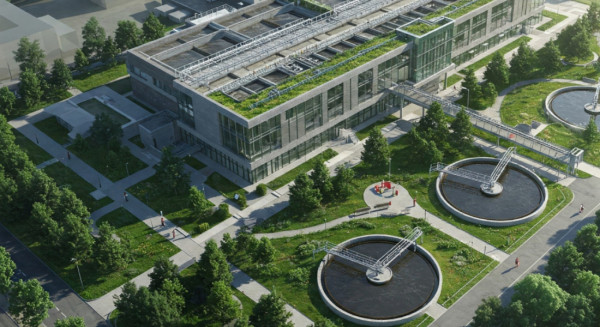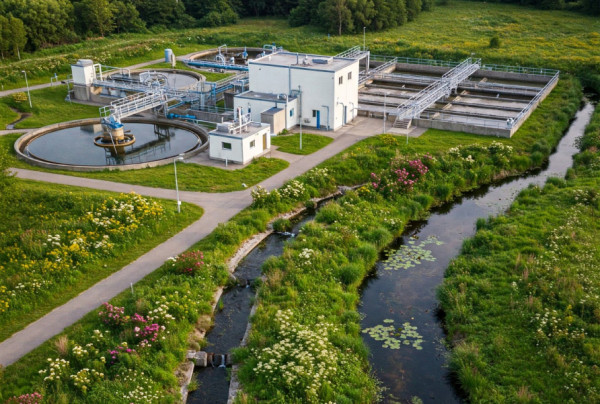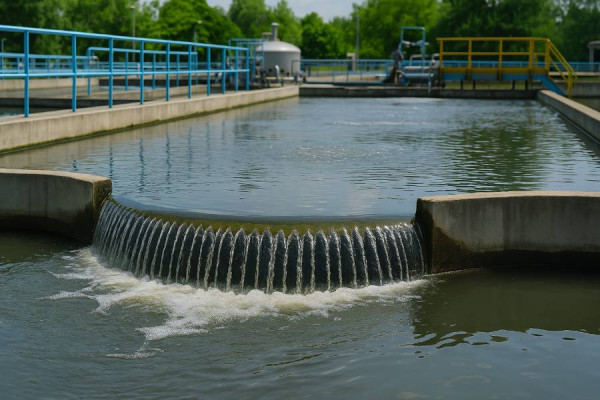News & Blogs
Ensuring a Sustainable Water Supply in Kathmandu: Challenges, Solutions, and the Path Forward

In the heart of Nepal lies Kathmandu, a valley rich in history and culture. But beneath its vibrant streets and bustling neighborhoods is a long-standing issue: water supply. For the past 30 years, I have seen firsthand the struggles, solutions, and hopes of residents when it comes to accessing clean and reliable water. In this post, I’ll share some insights from my journey as a water supply engineer in Kathmandu.
Challenges and Issues Faced in Providing a Reliable Water Supply
Kathmandu faces many challenges when it comes to water supply. One major issue is rapid urbanization. Over the years, the population has grown, but the infrastructure hasn't kept up. Our water systems are outdated and can't handle the increased demand. In many parts of the city, residents rely on tanker trucks for water, while others have to queue at public taps.
The hilly terrain of Kathmandu Valley also makes it difficult to distribute water evenly. Some areas get more water than they need, while others receive very little. Add to this the leaking pipes and the contamination of water due to poor sanitation, and it becomes clear that providing a steady water supply to Kathmandu is no easy feat.
Understanding the Water Sources for the Kathmandu Valley
Kathmandu’s water primarily comes from rivers, groundwater, and rain. The Bagmati and Bishnumati rivers are some of the key surface water sources, but over the years, pollution has severely affected their water quality. To supplement this, groundwater has been over-extracted, leading to a drop in the water table, making it even harder to access.
The Melamchi Water Supply Project, which taps into the Melamchi River, has been a ray of hope. After years of delays, the project has started to bring in water to Kathmandu, but challenges still remain in its full distribution across the valley.
Infrastructure and Systems for Water Supply in Kathmandu
The infrastructure in Kathmandu is a patchwork of old and new systems. On one hand, we have traditional wells that have been used for centuries, and on the other, modern treatment plants like Sundarijal. However, our pipelines, many of which are decades old, are prone to leaks and breaks, resulting in water loss and contamination.
In my experience, building and maintaining these systems requires not just money, but continuous monitoring and updating. Without it, even the best-built systems will eventually fail.
Government Initiatives and Policies for Improving Water Supply
However, there are still gaps. Policies often take time to be implemented, and bureaucratic hurdles can slow progress. That said, the government's increasing focus on public-private partnerships shows promise, as it brings in much-needed innovation and resources.
Community Involvement in Ensuring a Reliable Water Supply
Communities in Kathmandu have always played a significant role in managing water. In many areas, locals work together to maintain water sources like stone spouts (dhunge dharas) and communal wells. These community-managed systems are often more reliable than government services in some areas.
I’ve seen neighborhoods come together to install rainwater harvesting systems or repair broken pipes. It’s a reminder that sometimes the best solutions come from the people who are directly affected by the problem.
Water Conservation and Management Strategies in Kathmandu
Water conservation is crucial in Kathmandu. With the scarcity of water during dry months, many households have turned to rainwater harvesting. Collecting rainwater and storing it for later use has been a lifesaver for many.
Additionally, awareness campaigns on water-saving techniques, such as fixing leaks or using water-efficient fixtures, have helped reduce waste. The challenge remains to educate more people about these methods and to make them accessible to everyone.
Alternative Solutions for Water Supply in Kathmandu
In recent years, we’ve seen a rise in alternative solutions. Rainwater harvesting is one, but groundwater recharge systems are also being explored. These systems allow water to seep back into the ground to replenish the water table.
Another promising solution is wastewater recycling. Treated wastewater can be reused for non-drinking purposes like irrigation or cleaning, which can help reduce the strain on our drinking water supplies.
Case Studies of Successful Water Supply Projects in Kathmandu
One project that stands out is the rainwater harvesting initiative in Bhaktapur. By installing simple yet effective rainwater collection systems on homes and schools, the community has been able to significantly reduce their reliance on the limited municipal supply.
Another example is the revival of traditional stone spouts in Patan. By restoring these ancient systems, local residents now have access to clean water year-round. These projects show that blending modern technology with traditional methods can lead to sustainable solutions.
Recommendations for a Reliable Water Supply in Kathmandu
As I reflect on the water supply situation in Kathmandu, it’s clear that there’s no single solution. A reliable water supply requires a combination of modern infrastructure, government action, and community involvement. We need to invest in upgrading our pipelines and treatment plants, while also encouraging the use of alternative sources like rainwater harvesting and wastewater recycling.
In the future, with better planning, sustainable management, and more engagement from all sectors, Kathmandu can overcome its water supply challenges. After all, water is life, and providing a reliable supply is not just a technical issue—it’s a human one.



